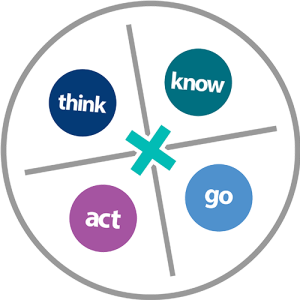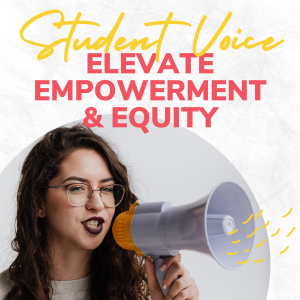Andrew Miller of Edutopia writes about the importance of engagement on student leaning and “moving past ‘course-based’ PBL”:
Due to the antiquated restraints of the education system, most educators are forced to implement PBL in a “course-based” manner. This means that the project occurs within the traditional discipline structures, where there may be integration, but learning is framed within grades and competencies. In addition, start and stop times, driven by the Carnegie unit (http://en.wikipedia.org/wiki/Carnegie_Unit_and_Student_Hour) , force teachers to start and stop a project for all of their students around the same time. What if PBL wasn’t held to antiquated rules of time, space, and discipline constructs? In that ideal situation, students could be engaged in personalized projects.
He discusses how the teacher becomes more of a coach or facilitator:
When teachers move toward personalized PBL, their role continues to shift, just as it does when teachers move traditional instruction to “course-based” PBL. While still involved in the design process, they also serve as advisors. Teachers frequently use question techniques to help students focus and crystalize their projects and project plans. They coach students in creating effective driving questions and student products. They’re still involved in frequent formative assessments, but instead of planning all instructional activity for the students, they help students plan it themselves. In addition, teachers help students select standards and learning targets that will align with the project and products. Teachers at Phoenix High School, for example, help ensure that all standards are targeted for a year, but do not limit the standards that students may want to hit in a project. Here the teachers create and facilitate the infrastructure for the learning rather than designing the PBL projects themselves.
Edutopia-PersonalizedPBL.pdf (1347 downloads )



